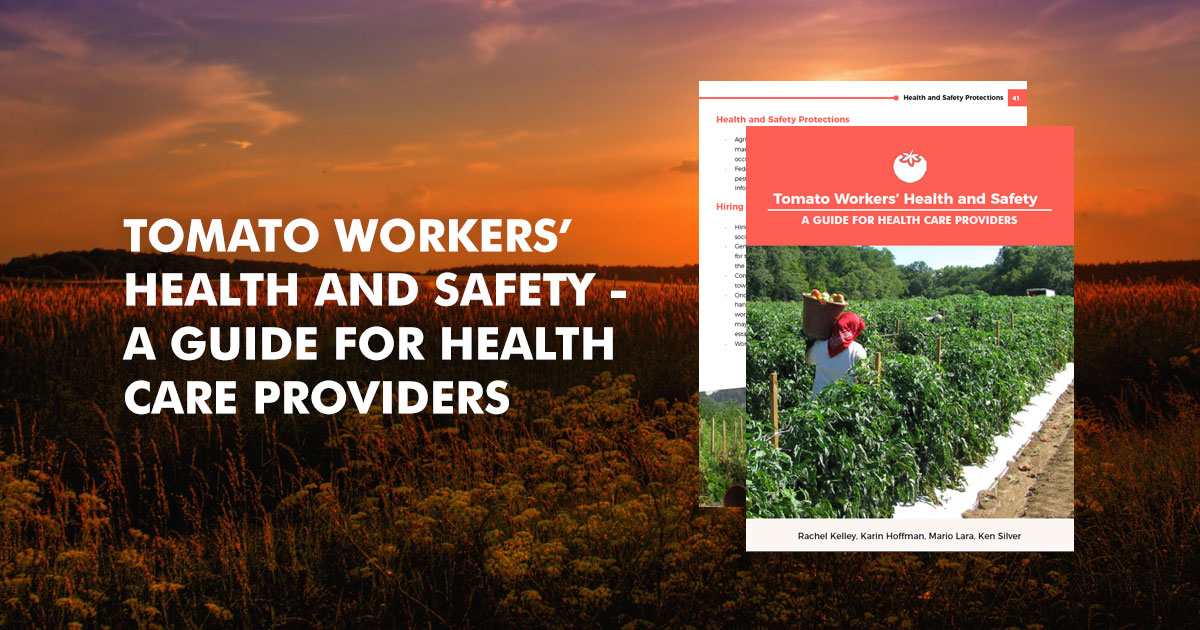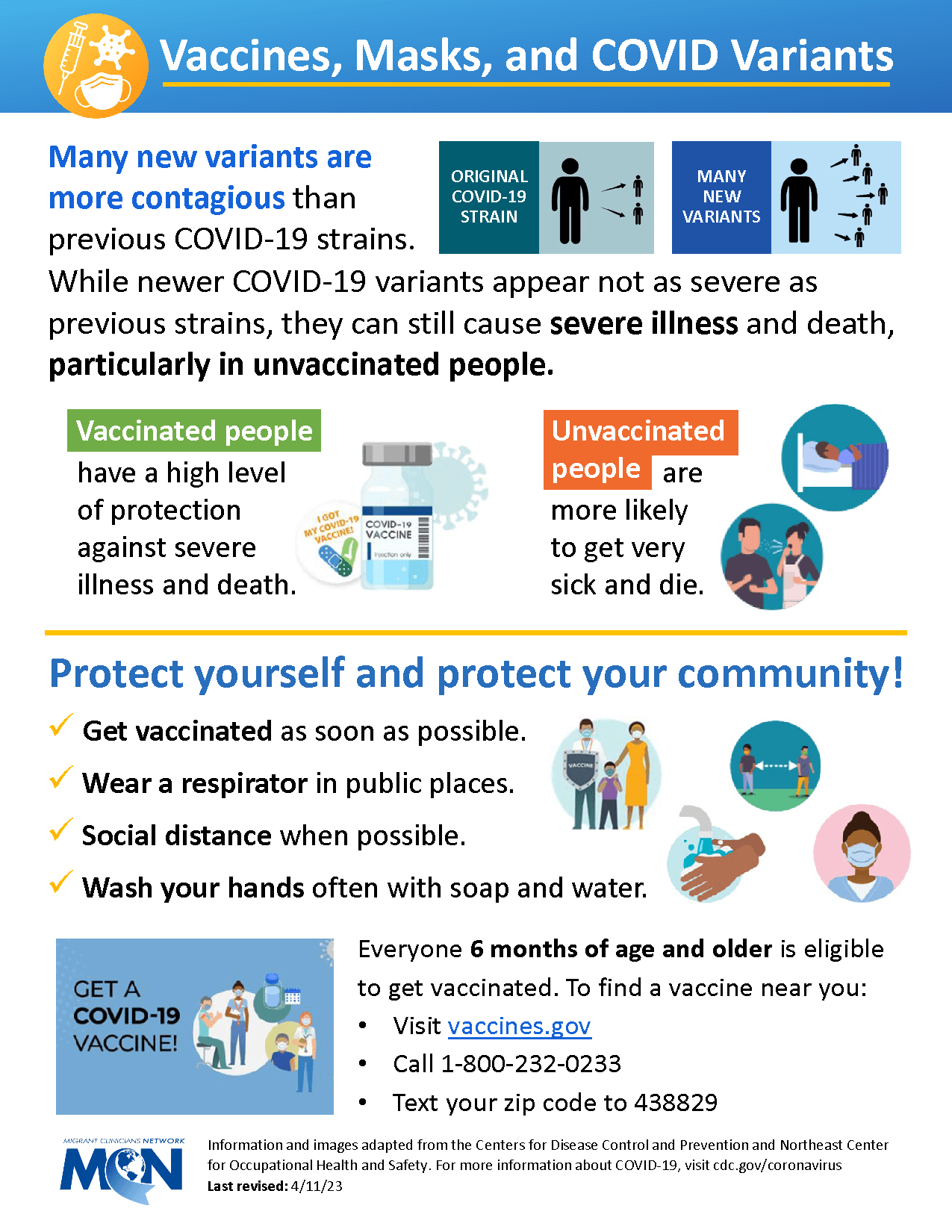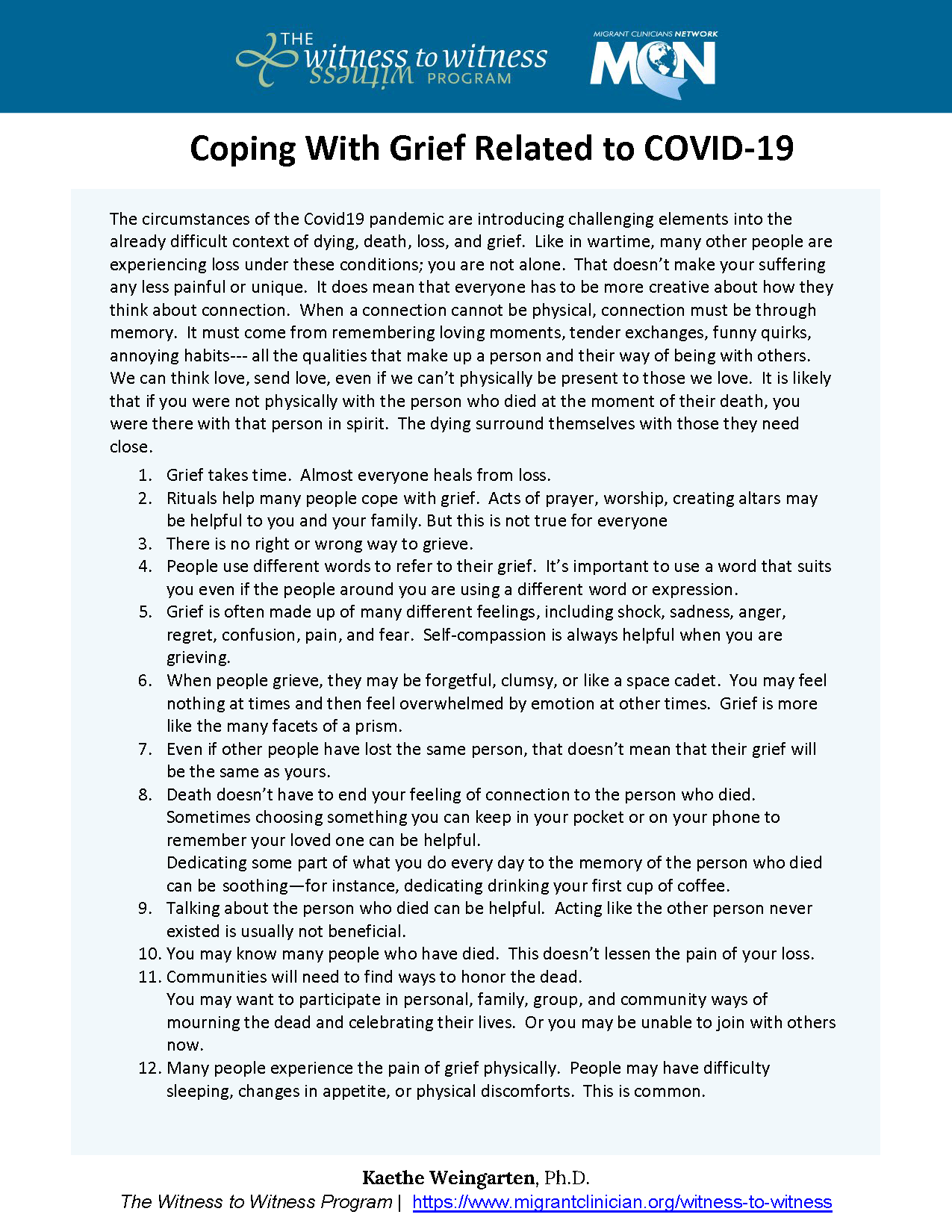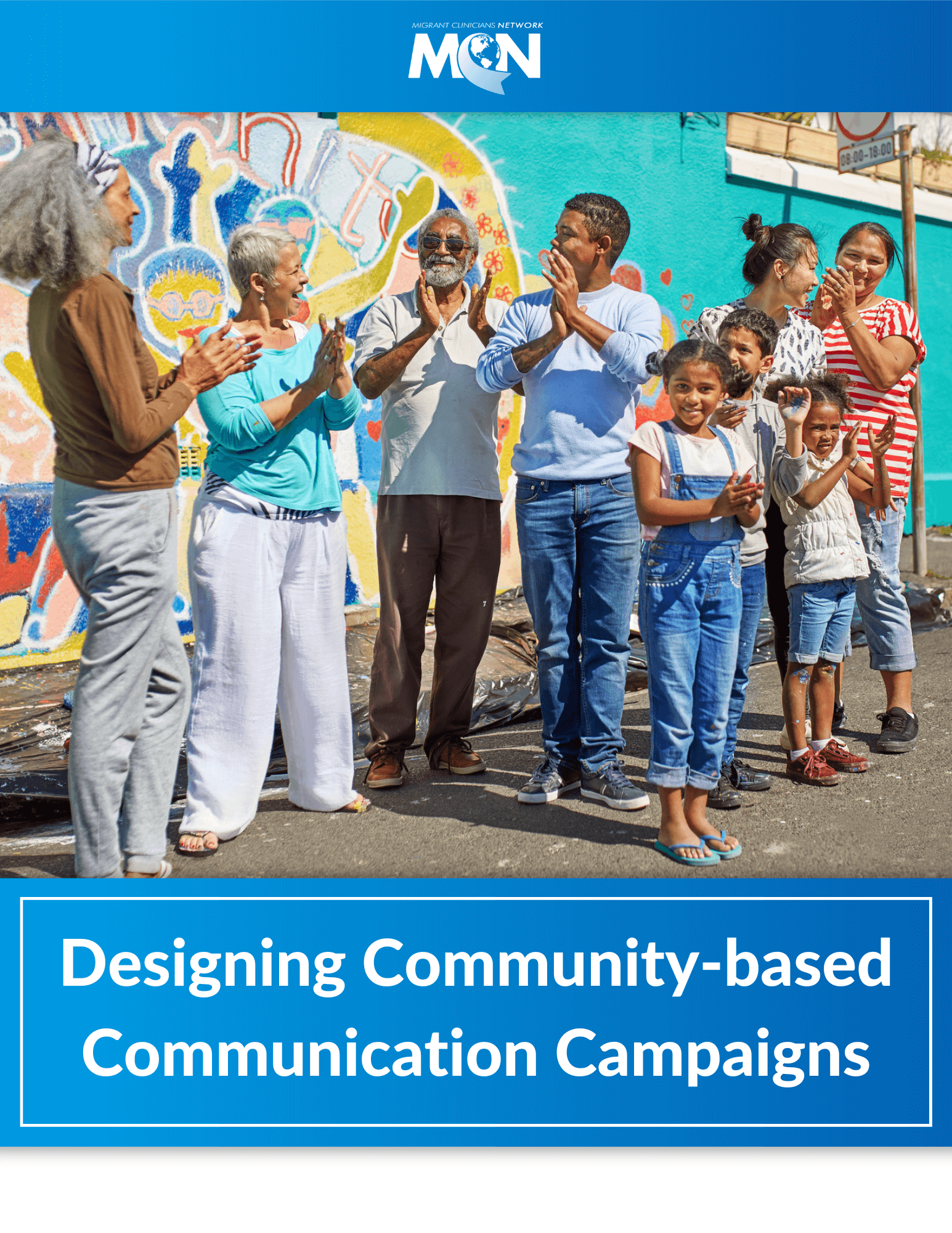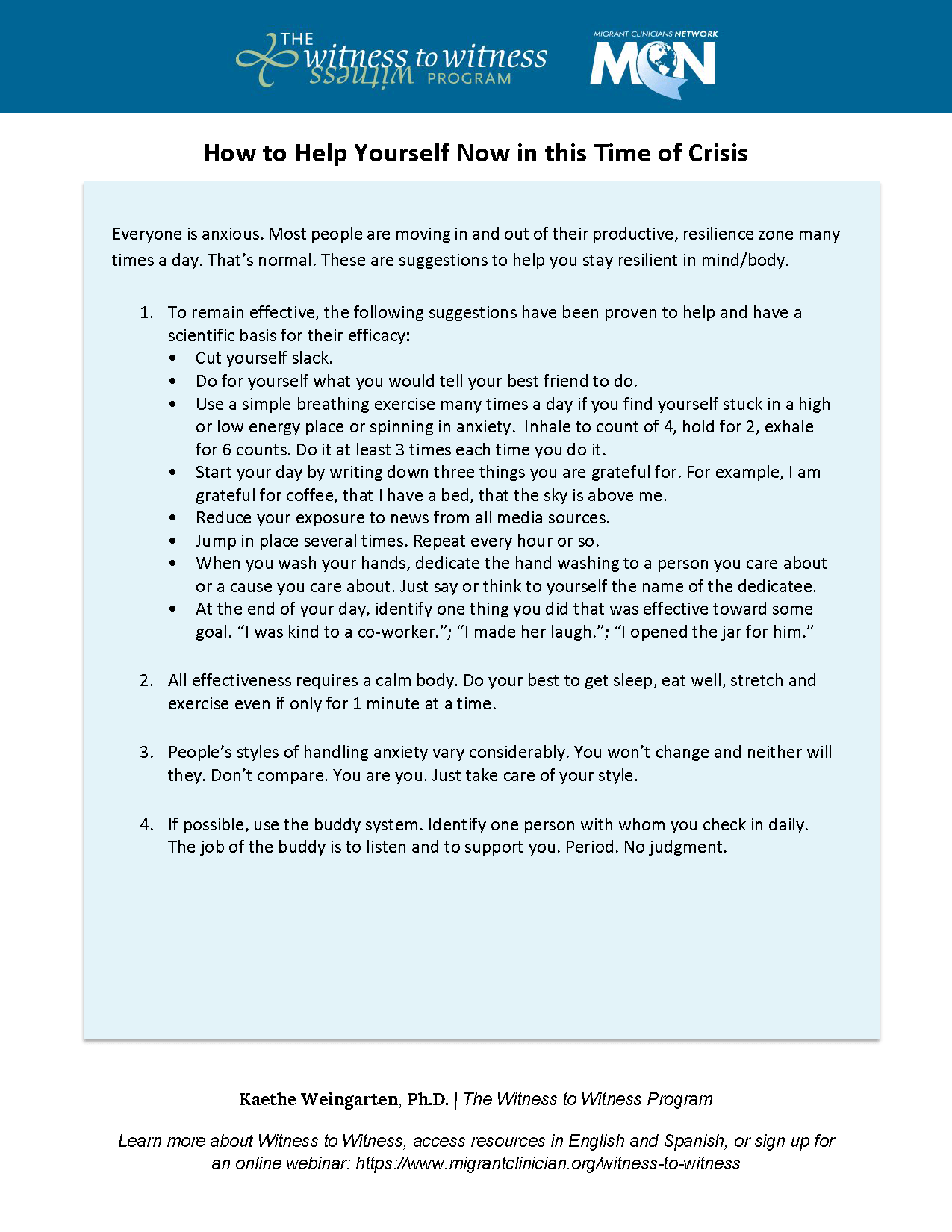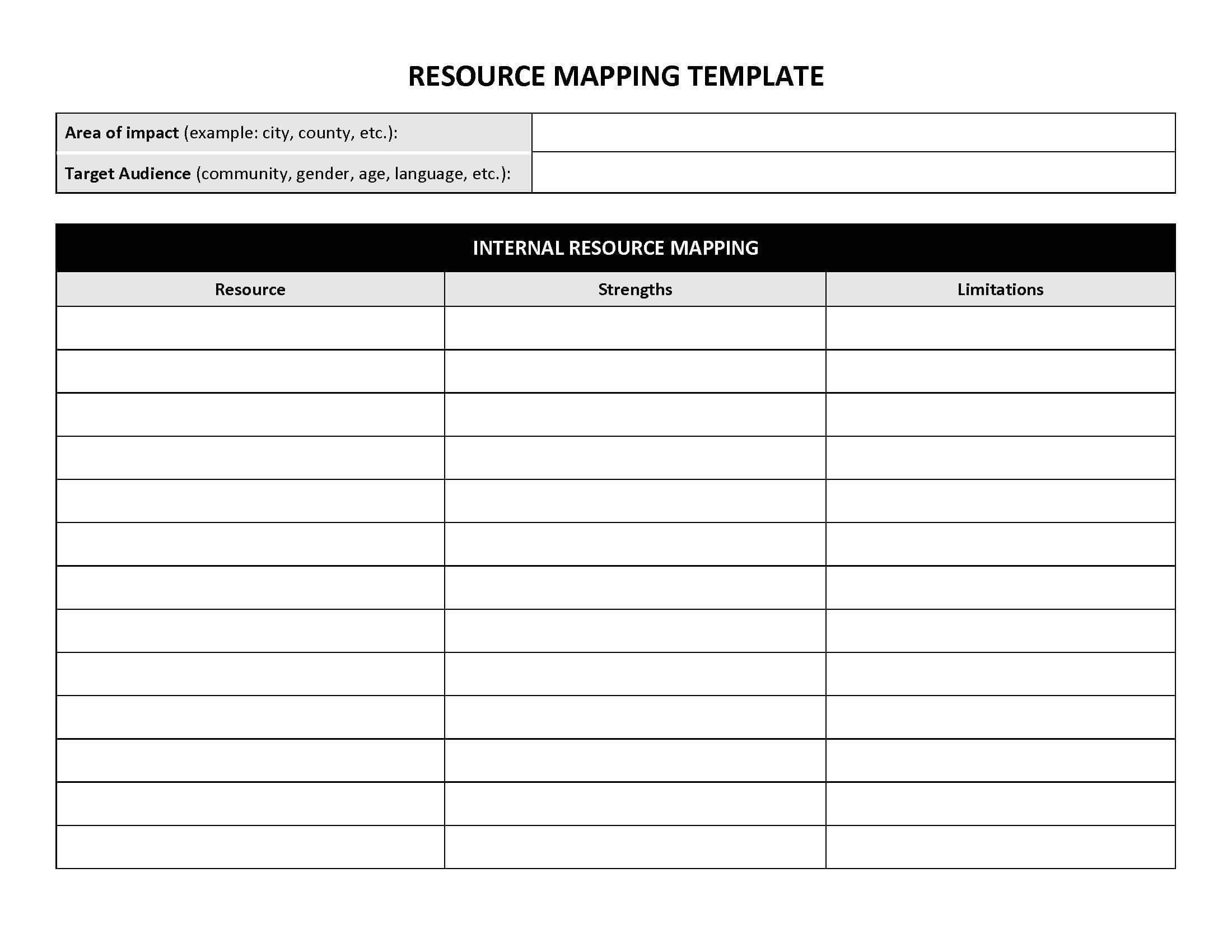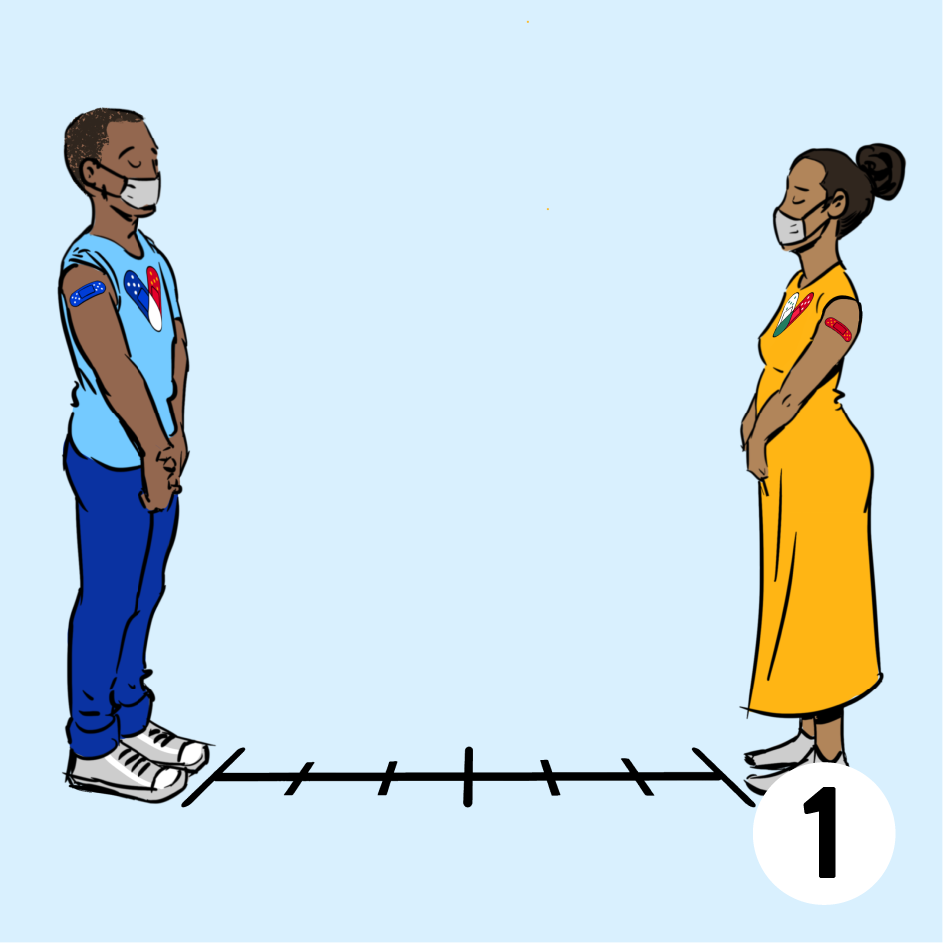
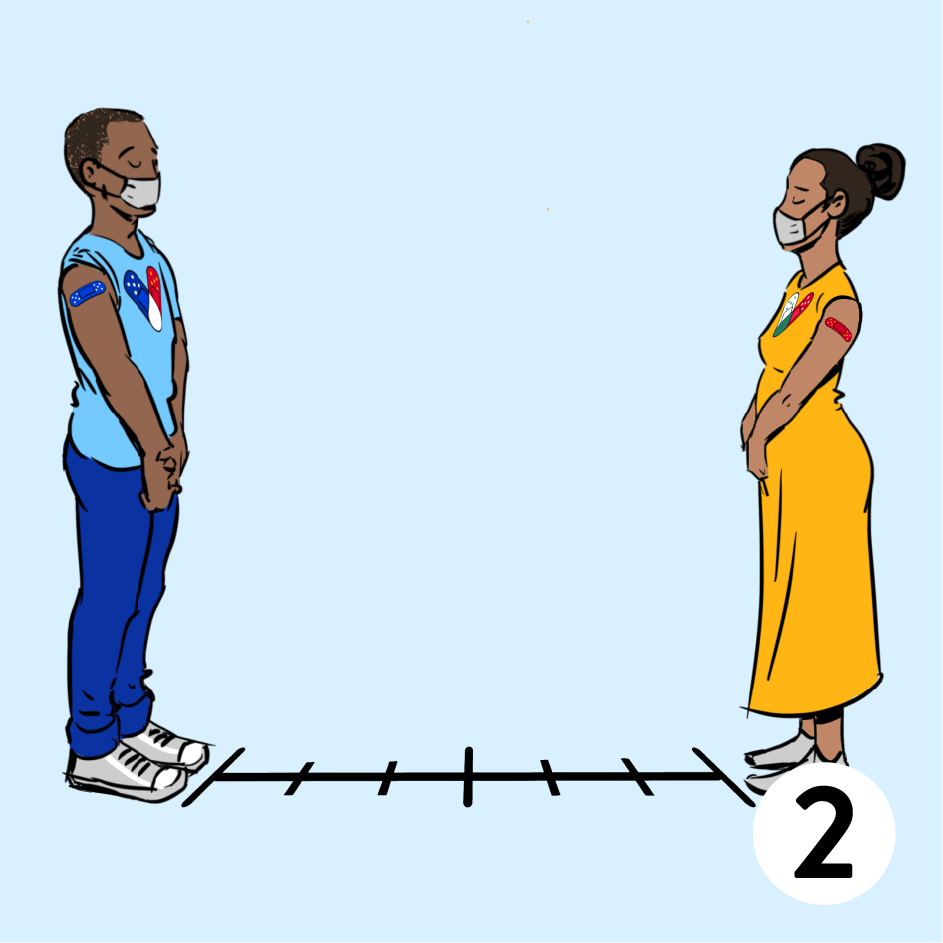
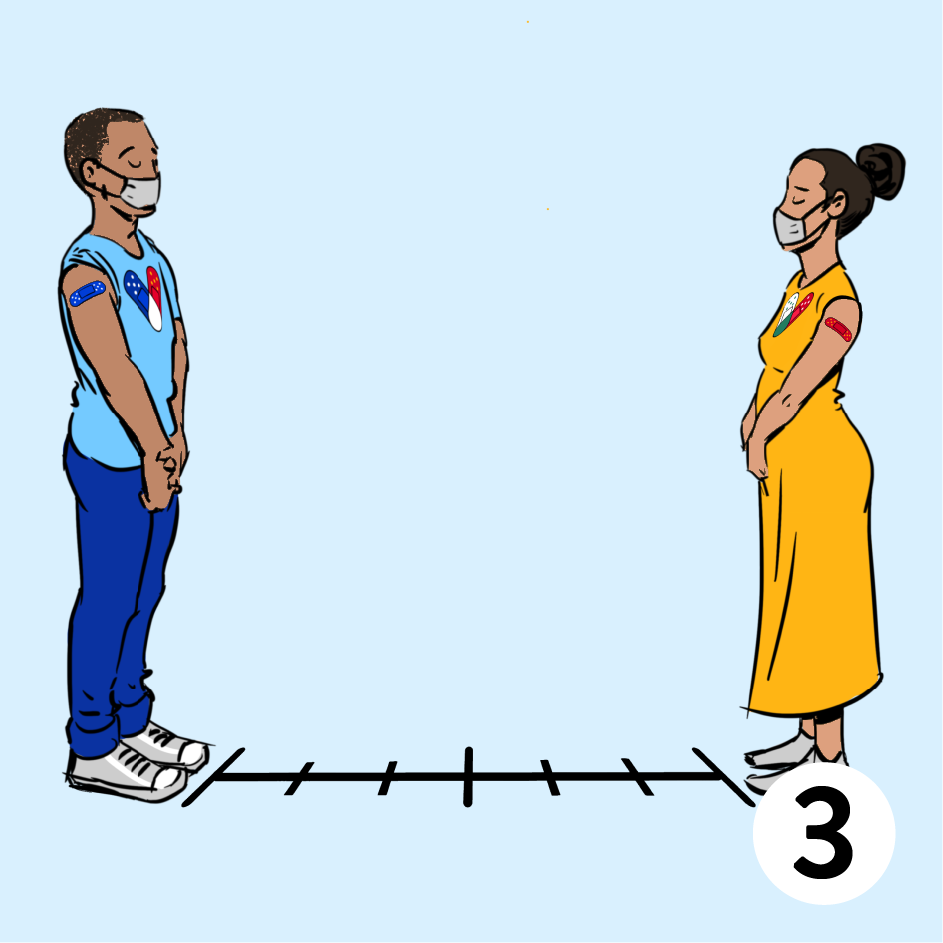
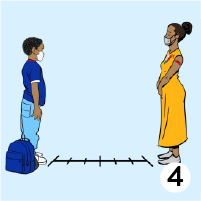
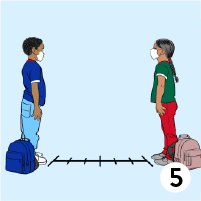
copy deeplink Vaccinated Man and Woman Social Distancing and Wearing Masks - Image
Vaccinated Man and Woman Social Distancing and Wearing Masks - Image- VaccinatedManAndWomanSocialDistancingAndWearingMasksComicImage.png (49.87 KB)
- VaccinatedManAndWomanSocialDistancingAndWearingMasksComicImageCOLOR1.png (45.94 KB)
- VaccinatedManAndWomanSocialDistancingAndWearingMasksComicImageCOLOR2.png (44.69 KB)
- VaccinatedCHILDAndWOMANSocialDistancingAndWearingMasksComicImageCOLOR2.png (55.78 KB)
- VaccinatedCHILDAndGIRLSocialDistancingAndWearingMasksComicImageCOLOR2.png (65.55 KB)
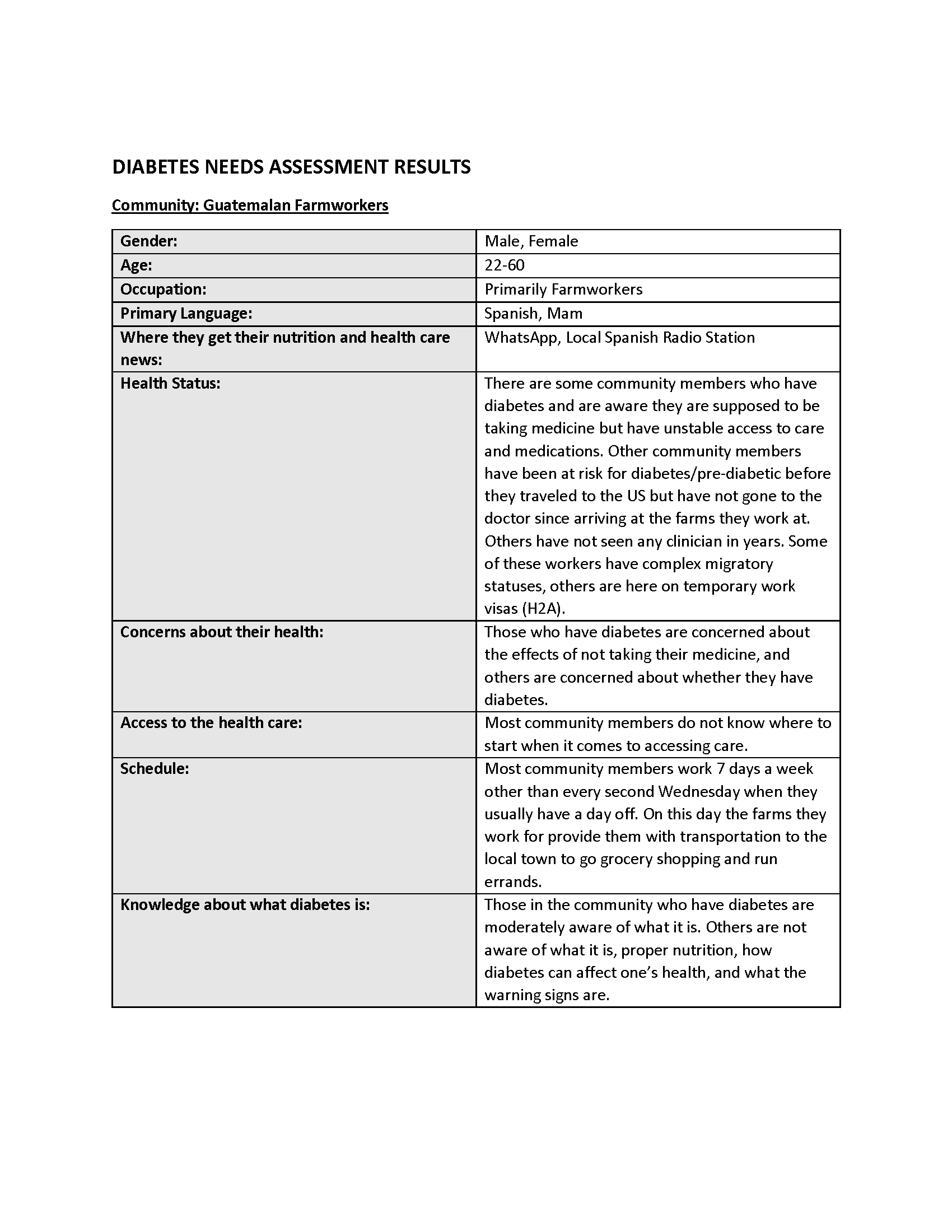
- NumberName24 hours per day
copy deeplink Celebrating the First Anniversary of the External Advisory Board at MCN
Celebrating the First Anniversary of the External Advisory Board at MCNThe first MCN External Advisory Board (EAB) was established with 10 standing members and 10 ad hoc members in June 2015. The EAB is a PEER TECHNICAL AND SCIENTIFIC COMMITTEE established to promote cross-disciplinary collaboration and to give expert advice on community-based participatory research and the development and expansion of MCN programs. The distinguished members offer a breadth of professional expertise to advance MCN’s mission. During the first year of service, our EAB members participated in more than 44 ACTIVITIES AMONG 10 MCN STAFF. This totaled more than 246 direct hours of collaboration by providing their expertise and technical assistance in grant and award preparation, scientific consultation, conference planning, and expanding the vision of MCN among their constituencies.
- EAB-1year-FINAL.pdf (328.03 KB)
copy deeplink Creating a Patient Centered Medical Home for Those on the Move [Health Network]
Creating a Patient Centered Medical Home for Those on the Move [Health Network]Migrant Clinicians Network promotes medical home transformation designed to include patients who experience barriers to health care due to mobility, poverty, language, and culture.
Health Network assures continuity of care and treatment completion by providing comprehensive case management, medical records transfer and follow up services for mobile patients.
- pcmh-hn-flyer.pdf (449.21 KB)
- HN-Flyer-Spa.pdf (475.97 KB)
copy deeplink Tomato Workers’ Health and Safety - A Guide for Health Care Providers
Tomato Workers’ Health and Safety - A Guide for Health Care Providers
Available in English and Spanish!
Created by MCN, medical student Rachel Kelley of UCSF, and collaborators at East Tennessee State University, this guide is intended to be a reference for health care providers who work with people employed in the U.S. tomato industry. It aims to prepare providers with a more detailed understanding of hazards, health issues, and work processes associated with different tomato industry jobs.
This guide draws on published research, experienced health professionals’ advice, and information gathered from interviews and focus groups conducted with 36 tomato workers from diverse backgrounds and 14 community leaders familiar with tomato workers’ health in multiple states. It is important to note that health and safety conditions at any particular farm or company may vary from what is described here. Furthermore, individual workers may experience the same set of conditions differently.
The first section of the guide focuses on health hazards and health conditions commonly encountered in tomato production. The second section consists of detailed descriptions and illustrations of different tomato production tasks. The third section covers “human resources” information and policies that apply to U.S. agricultural workers generally. The appendices contain a Spanish-English glossary, further detail about different types of pesticides, information about agricultural occupational health policies and regulation, and a list of resources and readings.
copy deeplink "Yo me la puse" - COVID-19 Vaccination Posters
"Yo me la puse" - COVID-19 Vaccination PostersShow your support of the vaccine in your community! MCN’s #YoMeLaPuse campaign offers five beautifully designed posters showing people of various ages after their vaccination that are available for download and printing. A sixth poster is customizable, allowing communities to paste in a photo of a local religious leader, or community health care providers, or other community leader who is proud to have gotten the vaccine. The posters are accompanied by a short video in Spanish, which can be played at community events and in waiting rooms.

Templates for creating your own posters are available below.
- 21_YMLP-mujer-1_Poster.pdf (1.06 MB)
- 21_YMLP-mujer-2_Poster.pdf (556.35 KB)
- 21_YMLP-mujer-3_Poster.pdf (513.64 KB)
- 21_YMLP-hombre-1_Poster.pdf (1.88 MB)
- 21_YMLP-hombre-2_Poster.pdf (309.49 KB)
- 2021_Yo-me-la-puse_Póster_Plantilla.pptx (1.34 MB)
- 2021_Yo-me-la-puse_Poster_Template.pptx (1.34 MB)
- #YoMeLaPuse COVID-19 Vaccine.mp4 (3.4 MB)
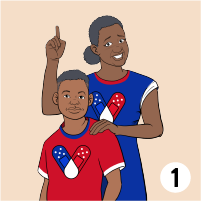
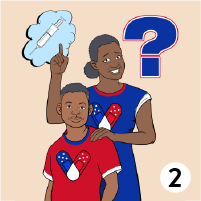
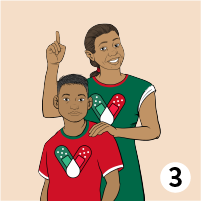
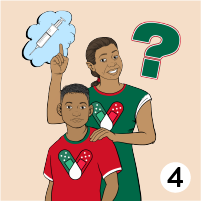
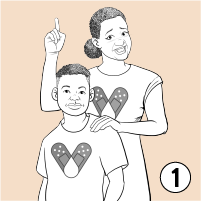
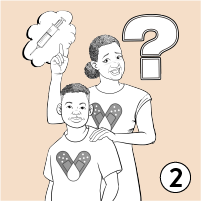
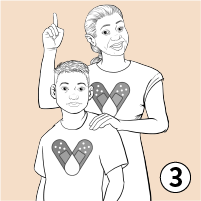
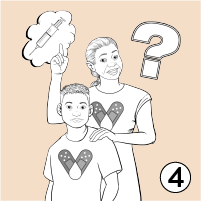
- Momand Child vaccine BlueTranspBackgr.png (203.84 KB)
- Momand Child vaccine Blue.png (262.32 KB)
- Momand Child vaccine Latin Question.png (276.95 KB)
- Momand Child vaccineLatin.png (224.87 KB)
- Mother+Child_Vaccination_2.png (313.04 KB)
- Mother+Child_Questions-Vaccination_2.png (430.61 KB)
- Mother+Child_Vaccination.png (240.75 KB)
- Mother+Child_Questions-Vaccination.png (304.64 KB)
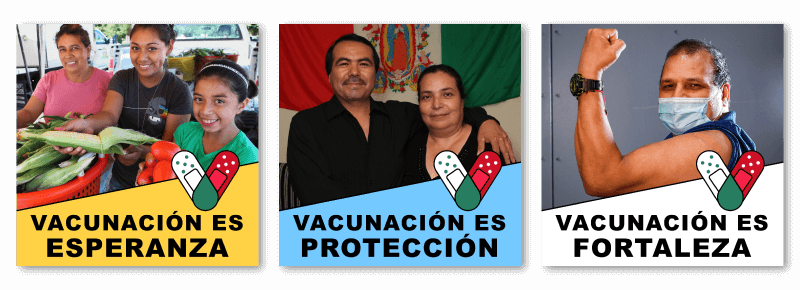
- 8-3-22_Vaccination-is-Hope_Image_0.jpg (73.53 KB)
- 8-3-22_Vaccination-is-Protection_Image_0.jpg (55 KB)
- 2022-8-4_vaccination-is-strength_image.png (119.14 KB)
- 8-3-22_Vaccination-is-Hope-HC_Image_0.jpg (63.89 KB)
- 8-3-22_Vaccination-is-Love-HC_Image_0.jpg (70.32 KB)
- 8-3-22_Vaccination-is-Strength-HC_Image_0.jpg (44.04 KB)
copy deeplink CDC: Reduced Incidence of Chikungunya Virus Infection in Communities with Ongoing Aedes Aegypti Mosquito Trap Intervention Studies — Salinas and Guayama, Puerto Rico, November 2015–February 2016
CDC: Reduced Incidence of Chikungunya Virus Infection in Communities with Ongoing Aedes Aegypti Mosquito Trap Intervention Studies — Salinas and Guayama, Puerto Rico, November 2015–February 2016Aedes species mosquitoes transmit chikungunya virus, as well as dengue and Zika viruses, and bite most often during the day.* Infectious mosquito bites frequently occur in and around homes (1,2). Caribbean countries first reported local transmission of chikungunya virus in December 2013, and soon after, chikungunya virus spread throughout the Americas (3). Puerto Rico reported its first laboratory-positive chikungunya case in May 2014 (4), and subsequently identified approximately 29,000 suspected cases throughout the island by the end of 2015 ...
copy deeplink Contraceptive Use Among Nonpregnant and Postpartum Women at Risk for Unintended Pregnancy, and Female High School Students, in the Context of Zika Preparedness — United States, 2011–2013 and 2015
Contraceptive Use Among Nonpregnant and Postpartum Women at Risk for Unintended Pregnancy, and Female High School Students, in the Context of Zika Preparedness — United States, 2011–2013 and 2015Zika virus infection during pregnancy can cause congenital microcephaly and brain abnormalities (1,2). Since 2015, Zika virus has been spreading through much of the World Health Organization’s Region of the Americas, including U.S. territories. Zika virus is spread through the bite of Aedes aegypti or Aedes albopictus mosquitoes, by sex with an infected partner, or from a pregnant woman to her fetus during pregnancy.* CDC estimates that 41 states are in the potential range of Aedes aegypti or Aedes albopictus mosquitoes (3), and on July 29, 2016, the Florida Department of Health identified an area in one neighborhood of Miami where Zika virus infections in multiple persons are being spread by bites of local mosquitoes. Read full article here.
copy deeplink Safe Water | Environmental Education Resources
Safe Water | Environmental Education Resources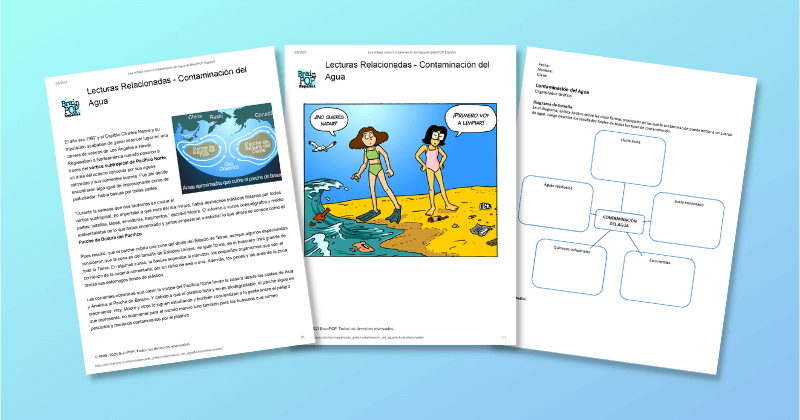
- Contaminacion del agua-Info1-La vuelta al mundo_0.pdf (246.73 KB)
- Contaminacion del agua-Info2-Personalidad_0.pdf (148.16 KB)
- Contaminacion del agua-Info3-Leyes y costumbres_0.pdf (124.07 KB)
- Contaminacion del agua-Info4-En la practica_0.pdf (147.93 KB)
- Contaminacion del agua-Info5-Comic_0.pdf (248.47 KB)
- Contaminacion del agua-Lluvia de ideas_0.pdf (77.55 KB)
- Contaminacion del agua-Organizador grafico_0.pdf (79.69 KB)
- Contaminacion del agua-Quiz_0.pdf (128.38 KB)
- Contaminacion del agua-Vocabulario_0.pdf (75.77 KB)
copy deeplink Pesticides Industry Sales and Usage: 2006 and 2007 Market Estimates
Pesticides Industry Sales and Usage: 2006 and 2007 Market EstimatesThis EPA report contains the latest estimates of agricultural and nonagricultural pesticide use in the United States.
- market_estimates06-07.pdf (563.59 KB)
This toolkit is intended to guide local public health agency staff in (1) developing, implementing, and evaluating emergency drills and exercises, and (2) facilitating the public health aspects of larger, multiagency emergency exercise events. The toolkit provides essential guidance including templates, checklists, and forms to assist with every stage of the exercise process. Emphasis is on identification of objectives during the planning phase, a critical step for ensuring a meaningful post-exercise evaluation.
- PHEmergencyExerciseToolkit.pdf (4.32 MB)
copy deeplink Safety Guidelines for Hired Adolescent Farm Workers - SaGHAF
Safety Guidelines for Hired Adolescent Farm Workers - SaGHAFhttps://www3.marshfieldclinic.org/nccrahs/default.aspx?page=nfmc_nccrahs_saghaf
Seven guidelines in English and Spanish. Colorful, illustrated poster address supervisor responsibilities for ensuring work conditions are appropriate and adequate . Training and supervision tips, specific to teens and to each job, are provided. Developed by National Children’s Center for Rural and Agricultural Health and Safety.
This almost real-time map shows where COVID-19 cases have been reported, all over the world, which provides some perspective and allows for a visual understanding of the spread as it progresses.
